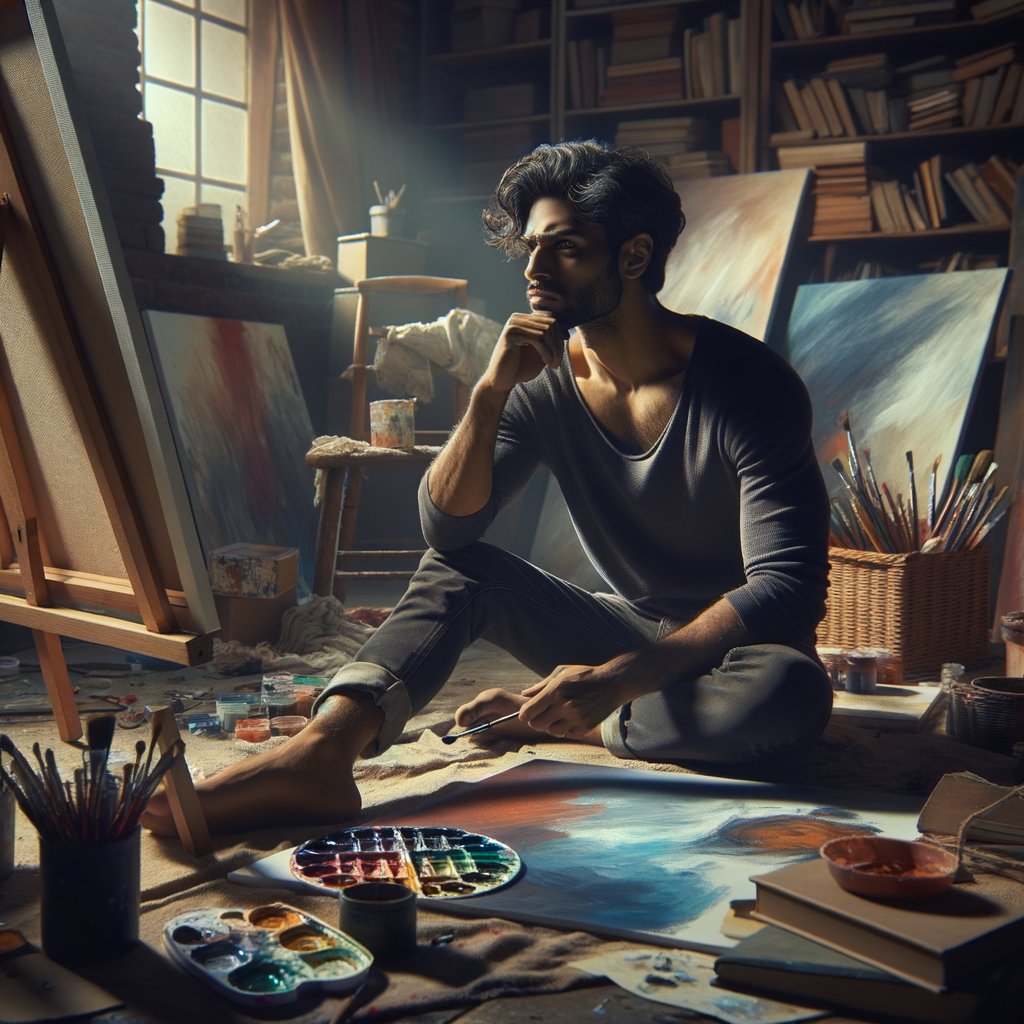Physical Address
304 North Cardinal St.
Dorchester Center, MA 02124
Physical Address
304 North Cardinal St.
Dorchester Center, MA 02124

Imagine yourself standing in front of a blank canvas, a clean slate, an empty page. The possibilities are infinite, yet your mind is bustling with thoughts and ideas. This is the creative process at its core – a beautiful chaos that unfolds into something extraordinary. But what if there’s more to this process than meets the eye? What if mental health plays a crucial role in this dance of creativity?
Mental health and creativity have shared an intricate bond for centuries, often portrayed as two sides of the same coin. In popular culture, we’ve romanticised the notion of the ‘tortured artist’ – individuals who channel their emotional turmoil into their art. But how accurate is this portrayal? And more importantly, how does mental health truly impact our creative processes?
Creativity isn’t just about producing art; it’s about problem-solving, innovative thinking, and expressing oneself. Similarly, mental health isn’t merely about diagnosable conditions; it encompasses our overall psychological well-being.
Studies suggest that individuals with certain mental health conditions may exhibit heightened creativity levels. For example, those living with bipolar disorder often experience periods of intense creative productivity during manic episodes.
However, it’s essential to note that one doesn’t need to have a diagnosable condition to experience fluctuations in mental states that can influence creativity. Emotional states like joy, sadness, fear or love can significantly impact our creative output.
Art has long been used as a form of therapy – allowing people to express feelings they might find difficult to put into words. From painting to writing poetry or playing music – these activities offer an outlet for emotions, potentially aiding in mental health management.
Moreover, engaging in creative activities can induce a state of ‘flow’ – a term coined by psychologist Mihaly Csikszentmihalyi. Flow represents complete immersion and focus on an activity, often leading to feelings of satisfaction and happiness. This state can serve as a form of meditation, helping individuals to momentarily escape their anxieties and stressors.
While creativity can be therapeutic, it’s not always sunflowers and starry nights. The creative process can also be mentally taxing – it involves deep introspection, vulnerability, and the courage to face one’s fears and insecurities.
Creative people often grapple with perfectionism – the constant pursuit of an elusive ‘ideal’, which can lead to anxiety or feelings of inadequacy. Furthermore, the pressure to constantly innovate and produce unique work can contribute to stress and burnout.
Maintaining good mental health is paramount for our overall wellbeing, including our creativity. Here are some strategies that may help:
In the grand scheme of things, creativity and mental health are intricately woven threads in the tapestry of human experience. They interact with each other in complex ways, sometimes enhancing our creative abilities, other times posing challenges.
But, at the end of the day, it’s important to remember that your worth is not defined by your creative output or your mental health struggles. You are much more than your art or your emotions. You’re a vibrant soul on an extraordinary journey – full of highs, lows, twists, turns and most importantly – growth.
So next time you find yourself standing before that blank canvas or empty page – take a moment to appreciate this beautiful chaos. Embrace it, for it is in this dance between creativity and mental health that magic truly happens.